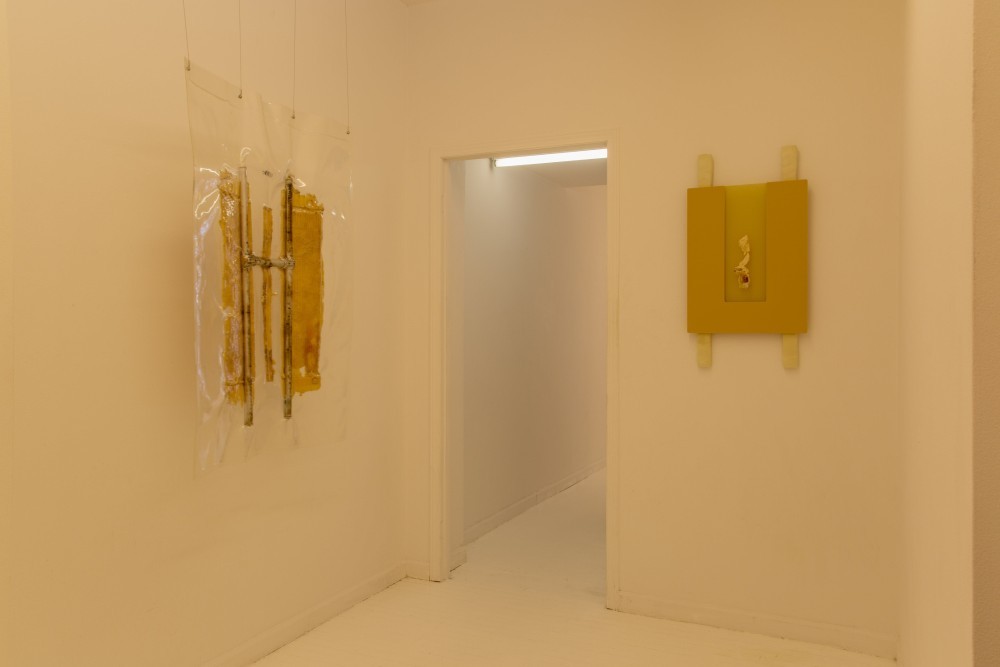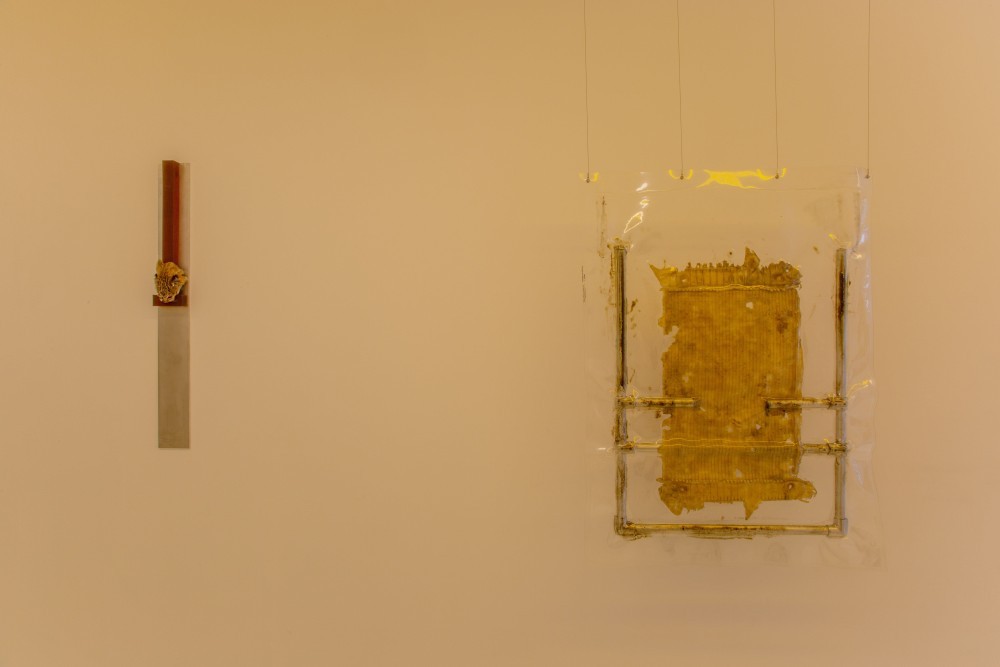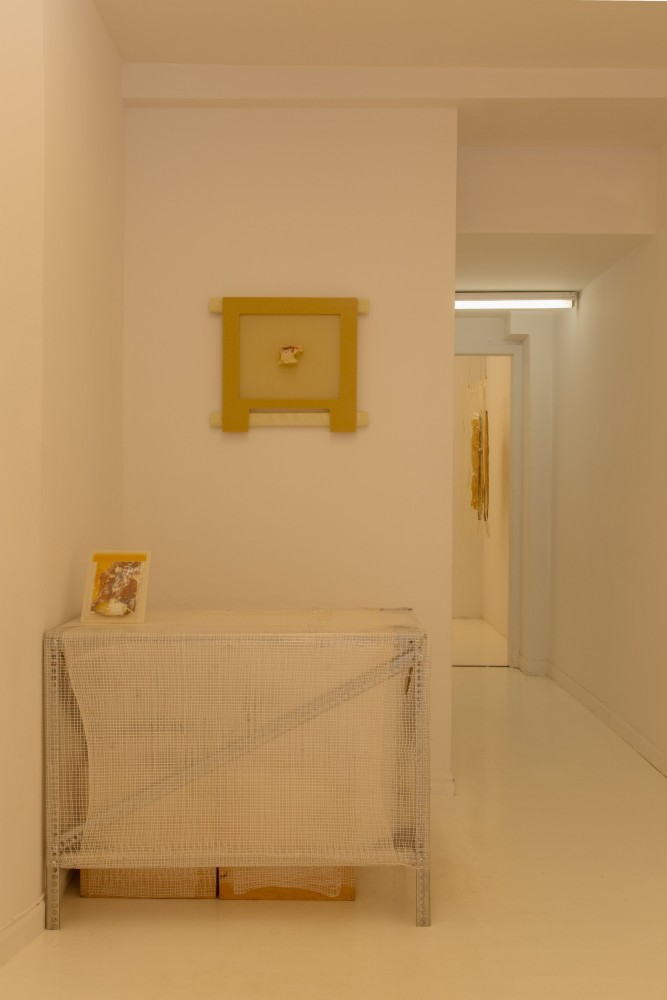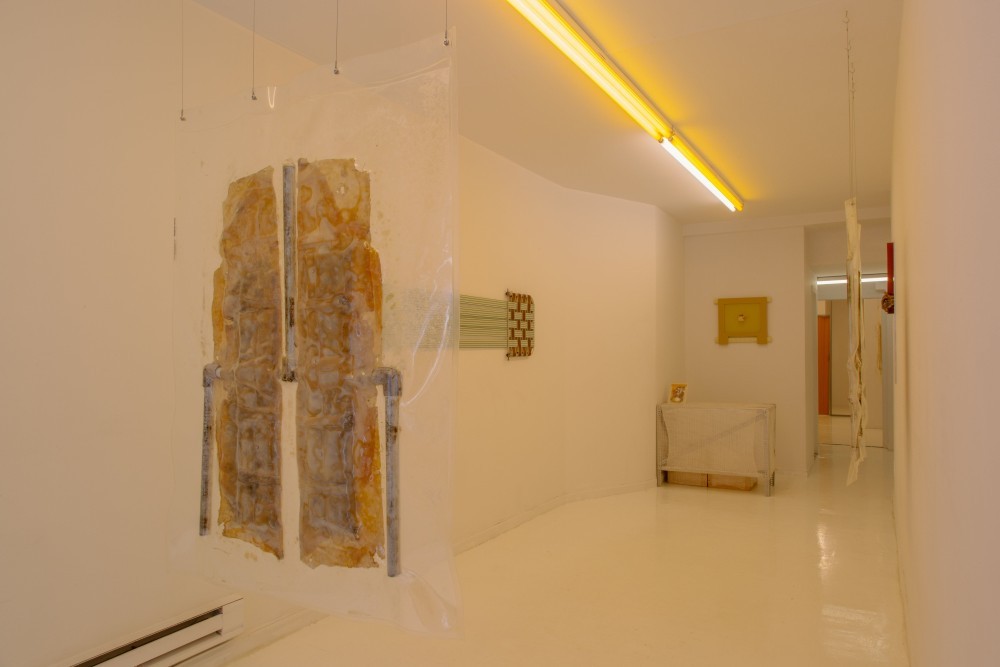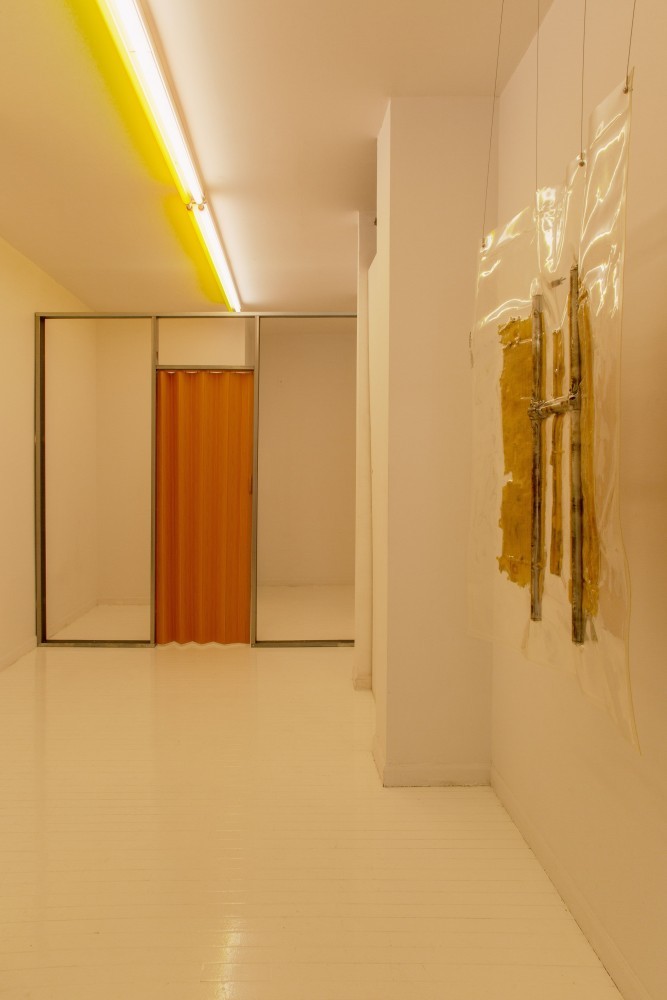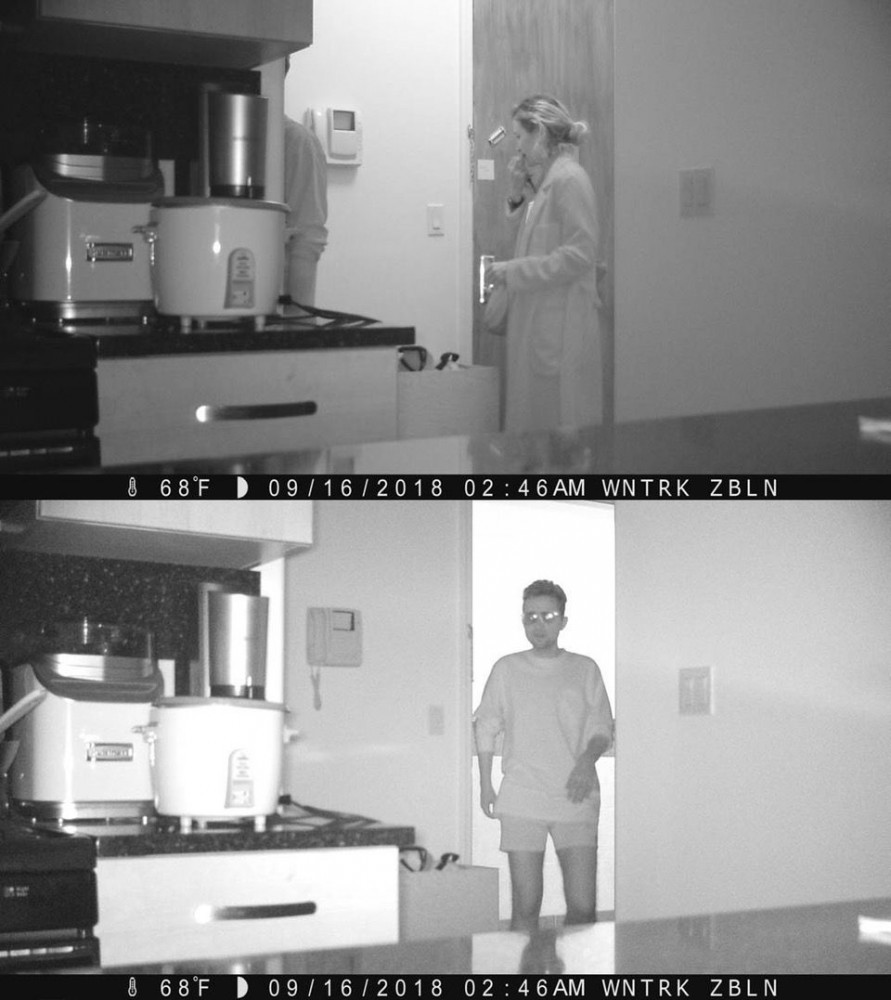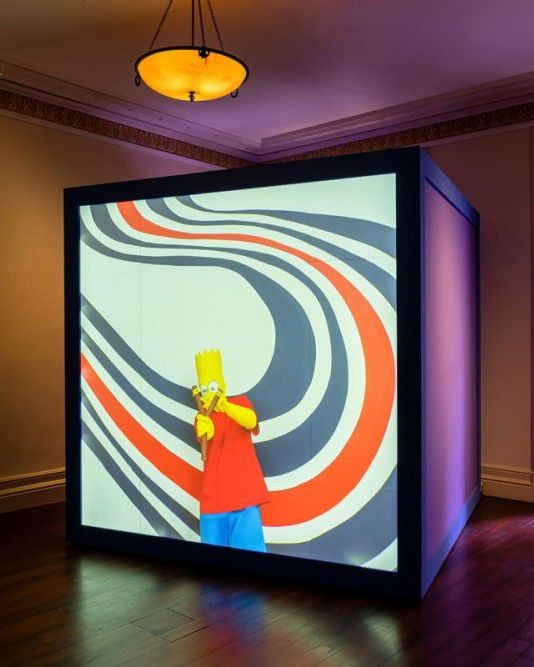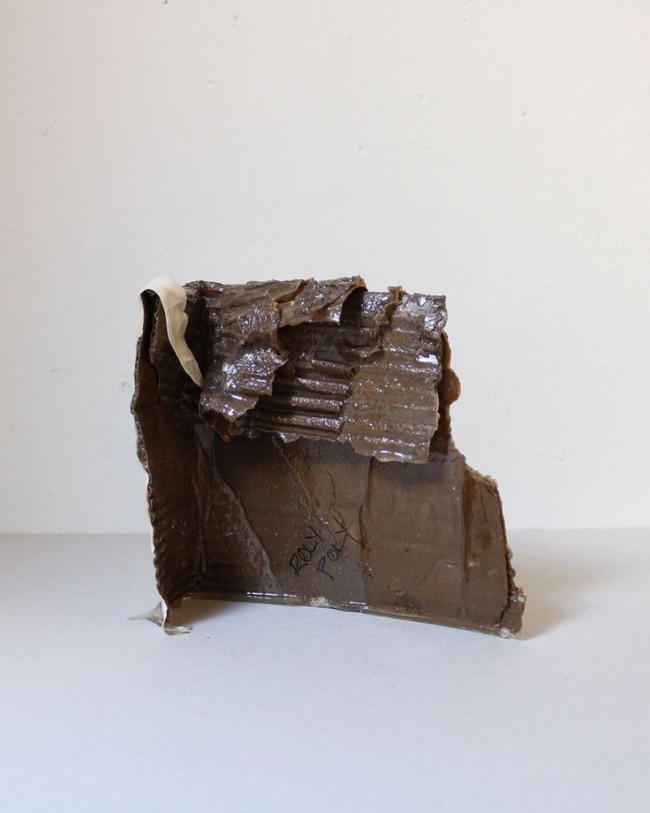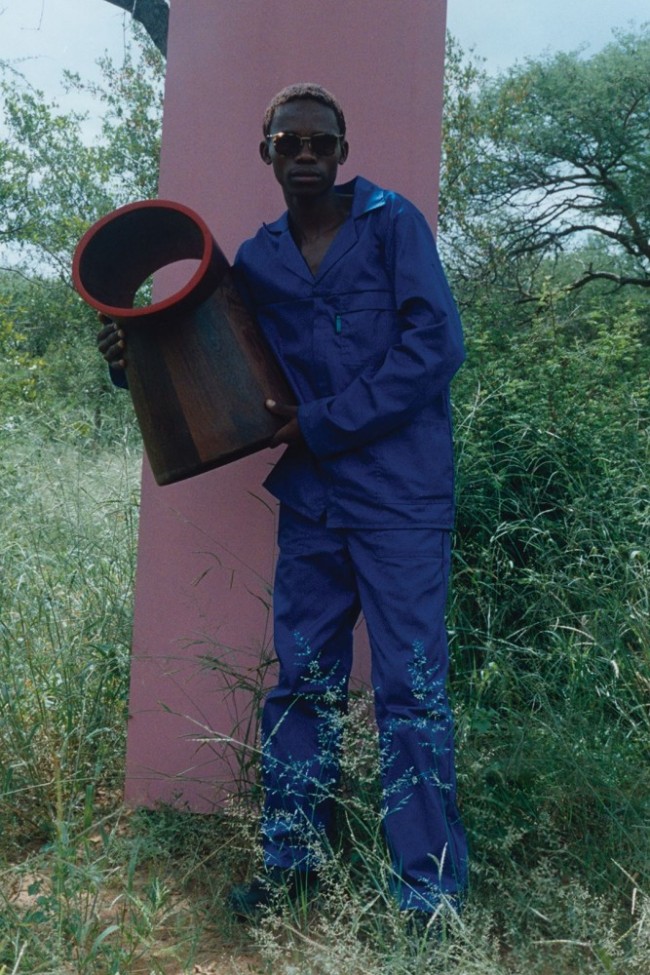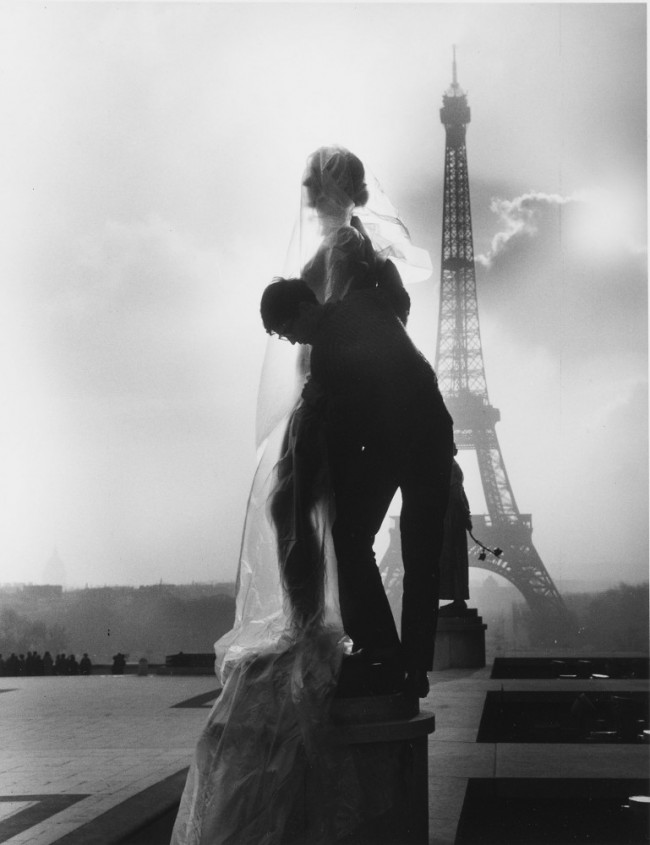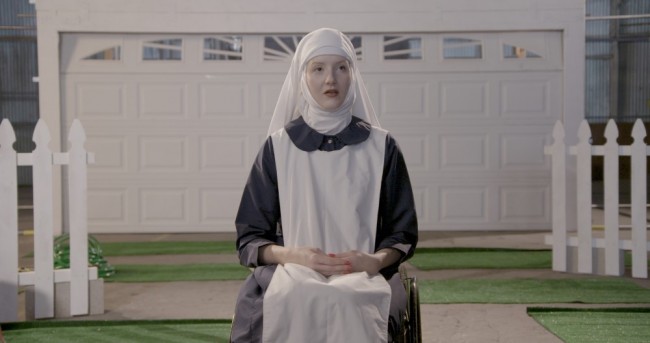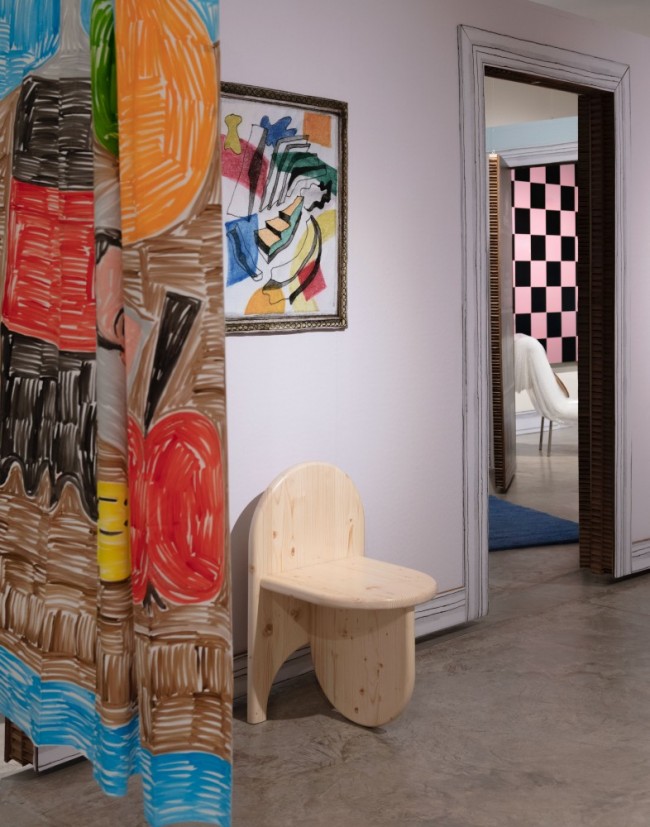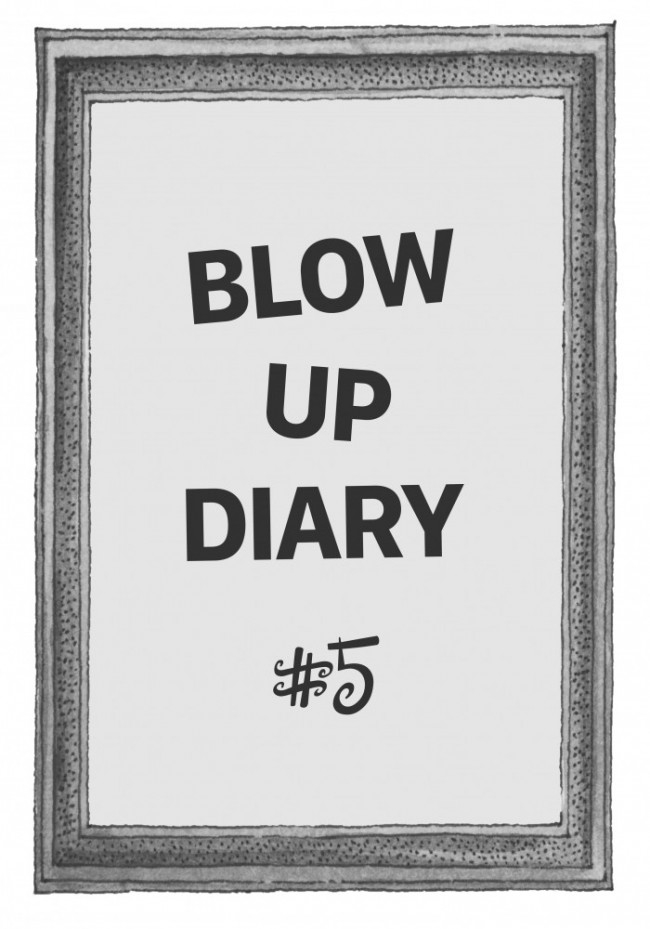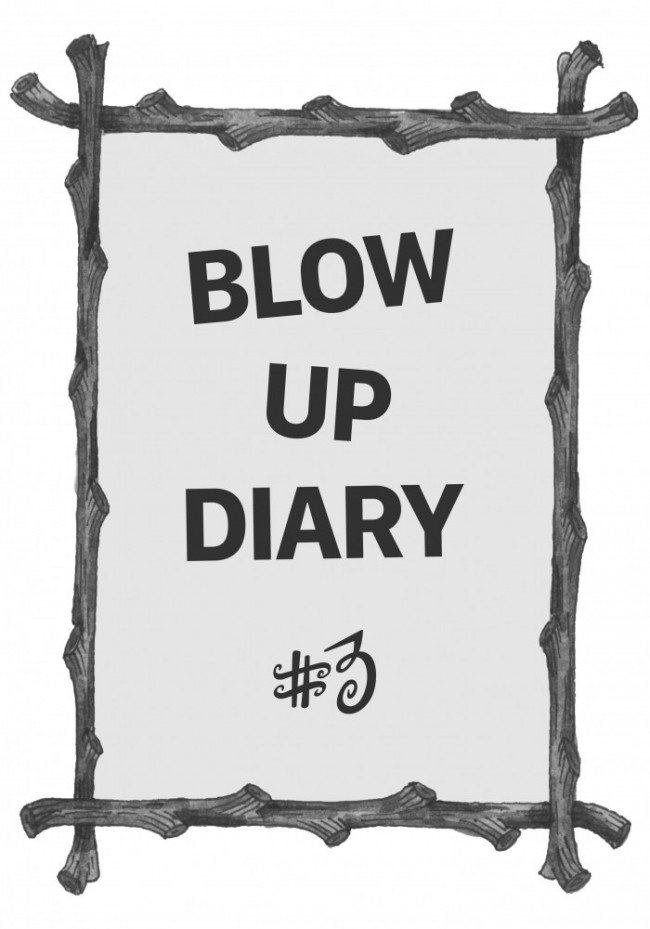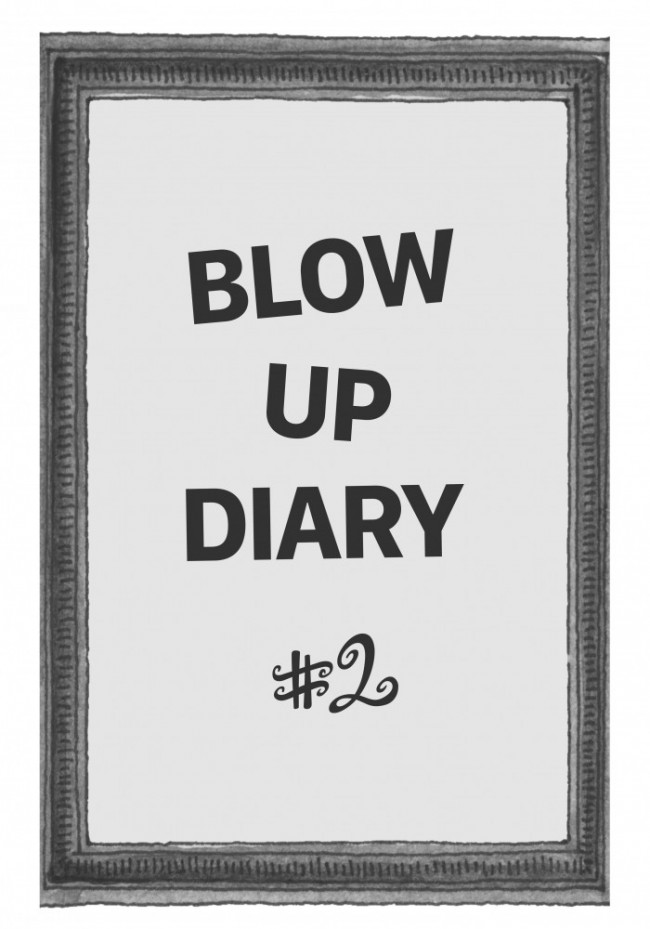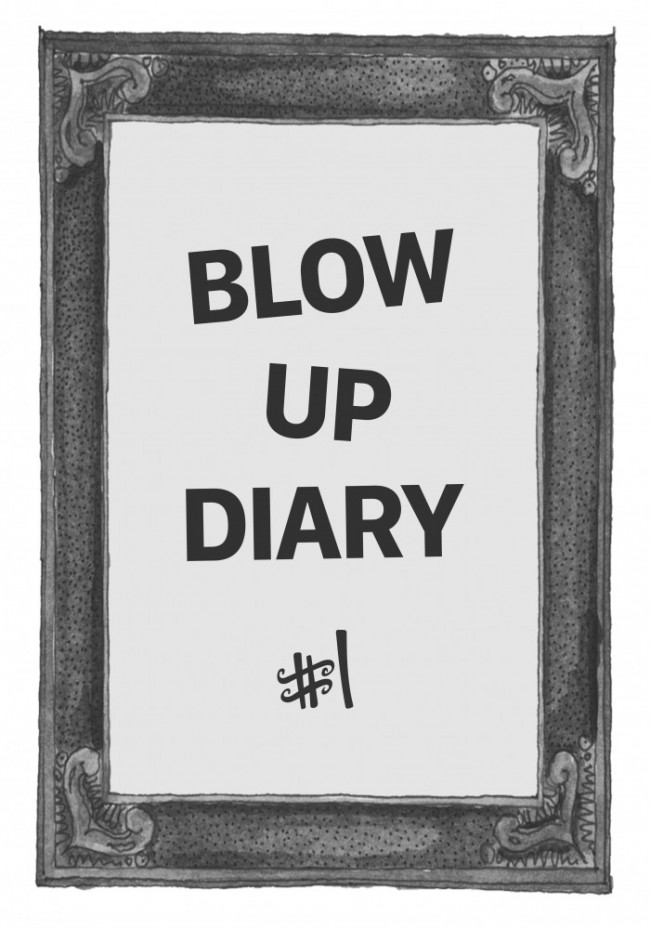CRAWL SPACE: The Grimey American Dream of Kristen Wentrcek And Andrew Zebulon
For their inaugural solo exhibition CRAWL SPACE, Brooklyn-based creators Kristen Wentrcek and Andrew Zebulon conceived of a series of sculptural works through which they aim to stir unsettling reactions. For their show at Larrie in Manhattan, they combined disparate materials in varying states of decay and disrepair — including grease, rubber, sod, aluminum, easter grass, and polyurethane bags, all bathed in a dingy but familiar yellow glow — the pieces alluding to the contradictory consequences of the American Dream.
New York-based artist duo Kristen Wentrcek and Andrew Zebulon. Courtesy of the artists.
Paige Silveria: Tell me about CRAWL SPACE.
Kristen Wentrcek and Andrew Zebulon: A surreal and abstract distillation of the light and dark of American life. This is represented through the idea of the “crawl space,” which we chose to conjure a sense of silence, grime, and claustrophobia that exists just inches away from someone’s home, kitchen, bedroom, etc. We often don’t think too pointedly about the ideas we’re exploring, because they come from such a subconscious, gut-level place. That gut feeling might be initially revulsion, but mixed with, and ultimately replaced by fascination. This push-pull is definitely something we’re playing with in these pieces. It’s an attempt to distill and express an American collective unconsciousness; that idea that the “American spirit” can be both grim and resilient. But it’s more of a compulsion to explore it than a commentary.
-

Installation view of Kristen Wentrcek and Andrew Zebulon CRAWL SPACE running February 21 to March 21, 2021 at Larrie, New York. Photography courtesy of Larrie NYC. Photography by Gregory Carideo.
-

Installation view of Kristen Wentrcek and Andrew Zebulon CRAWL SPACE running February 21 to March 21, 2021 at Larrie, New York. Photography courtesy of Larrie NYC. Photography by Gregory Carideo.
-

Where does this mix of discarded and pristine, industrial and natural materials derive from?
The materials we use and imagery we draw from is strictly American. Our material choices are hyper-specific, and driven by a desire to call forth some sense-memory, like the way seeing a certain texture of wood grain might remind you of a friend’s basement from 15 years ago. It allows us to tap into a deep reservoir of space and time that we probably never could, otherwise.
-

Installation view of Kristen Wentrcek and Andrew Zebulon CRAWL SPACE running February 21 to March 21, 2021 at Larrie, New York. Photography courtesy of Larrie NYC. Photography by Gregory Carideo.
-

Installation view of Kristen Wentrcek and Andrew Zebulon CRAWL SPACE running February 21 to March 21, 2021 at Larrie, New York. Photography courtesy of Larrie NYC. Photography by Gregory Carideo.
-
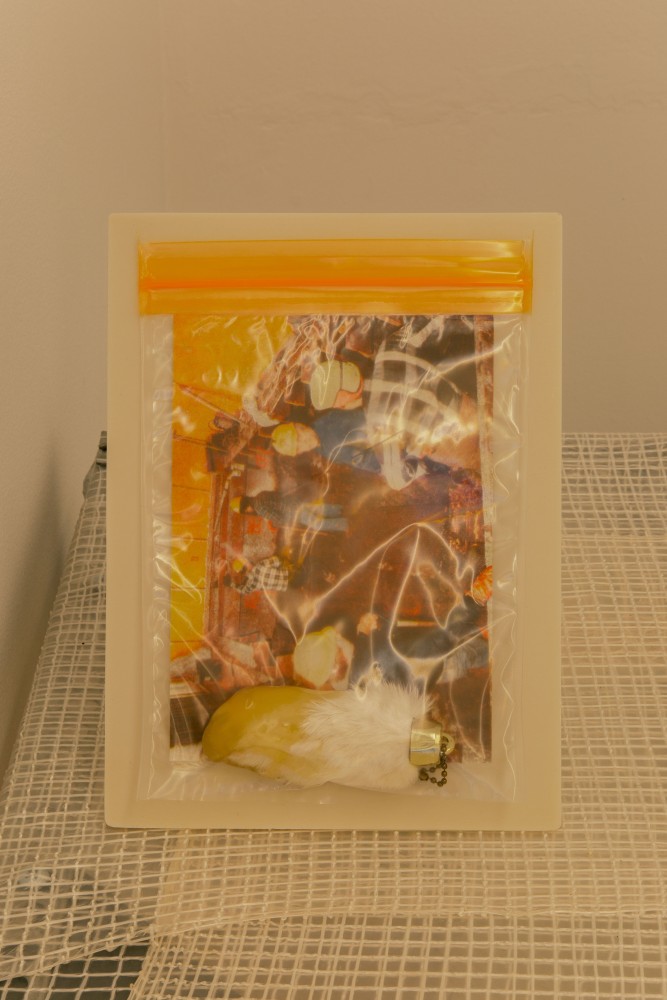
Kristen Wentrcek and Andrew Zebulon, Souvenir (2021), plastic bag, thermo-plastic rubber-dipped rabbit foot, Risograph print. Photography by Gregory Carideo.
What is the connection, for you, between these materials and the American identity, dark or otherwise?
In some ways it is literal (colors, textures, actual materials). But there are also more subtle details that we like to incorporate, like the feeling of something being grimey, or being so used up over time that you can visually see the wear. We talked a fair amount about the idea of, like “American enterprise,” and how a big part of that is mass-producing stuff. It’s something that can be hugely impressive and cool (like basically everything in your home for your whole life was made in a factory), but also how it produces a lot of weird, broken, and cast-off stuff. There’s something that is both charming and gross about these objects and ideas.
-
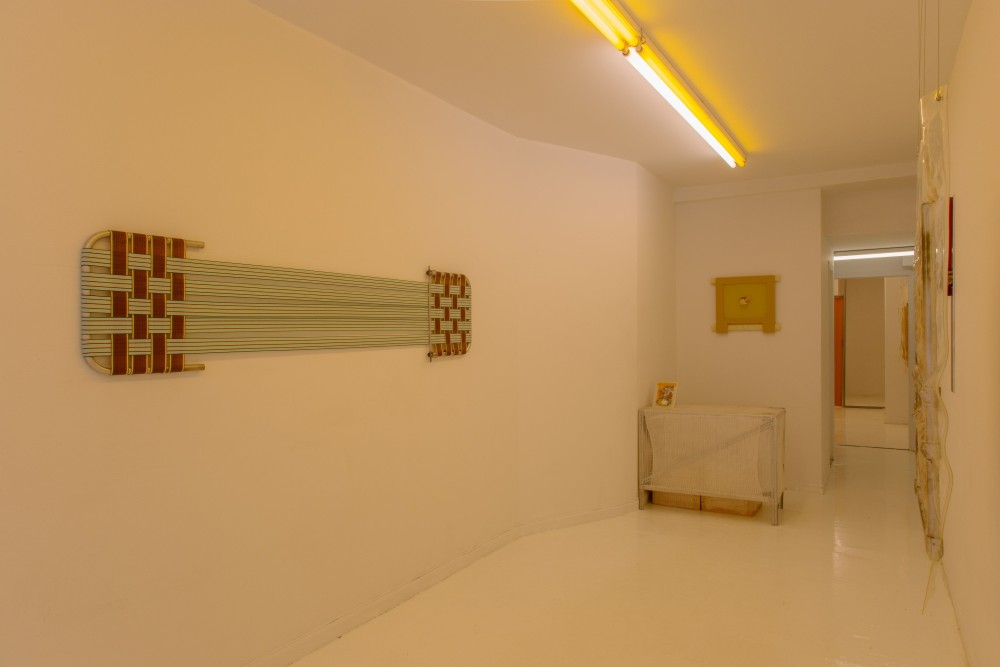
Installation view of Kristen Wentrcek and Andrew Zebulon CRAWL SPACE running February 21 to March 21, 2021 at Larrie, New York. Photography courtesy of Larrie NYC. Photography by Gregory Carideo.
-

Left: Kristen Wentrcek and Andrew Zebulon, Larva (2020), miele electrical receptacle box, raccoon tail.
Right: Kristen Wentrcek and Andrew Zebulon, Stalker (2020), vinyl accordion door, aluminum stud. Photography by Gregory Carideo. -

Left: Kristen Wentrcek and Andrew Zebulon, Station (2020), bobcat face, aluminum, urethane rubber.
Right: Kristen Wentrcek and Andrew Zebulon, Model 3 Stadium Gate (2020), polyurethane bag, aluminum, rubber, grease, steel wire. Photography by Gregory Carideo.
Interview by Paige Silveria.
Photography by Gregory Carideo. Images courtesy the designers and Larrie NYC.



